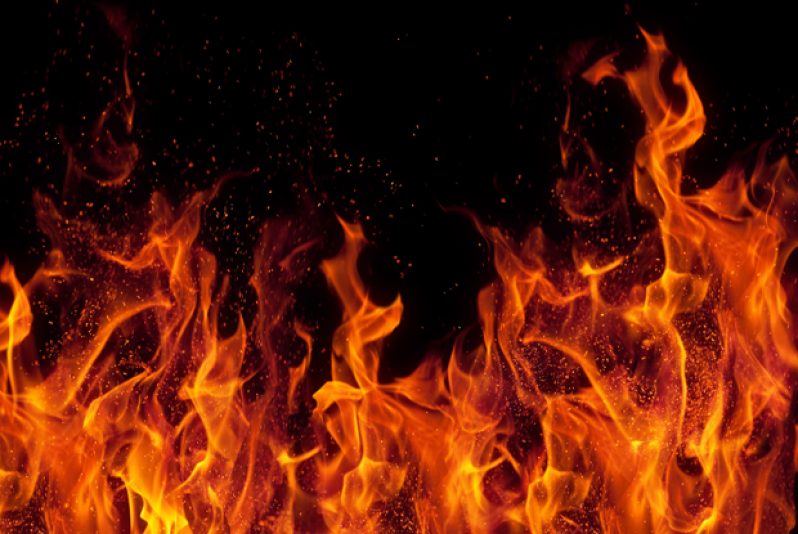IN the past, trash burned by residents, especially those in rural areas, consisted mainly of paper and wood. But times have changed; the makeup of trash has changed within the past 50 years, and now includes Styrofoam, plastics, electronic waste, and other petroleum-based materials manufactured by humans.The highly toxic chemical composition of the fumes and smoke produced by the burning of such trash poses a serious problem for human beings who burn trash nowadays. Burning of such trash releases high levels of dioxins and furans, particulates, hydrogen chloride gas, hexchlorobenzene (HCB) carbon monoxide, and other toxins, some of which are carcinogenic (having the potential to cause cancer).
Local solid waste management (SWM) expert attached to the Haags Bosch Sanitary Landfill (HBSL), Mr. Rufus Lewis, says that burnt plastic produces the highest levels of dioxin, the most harmful pollutant released during burning of trash. Dioxin is a known carcinogen, and is associated with birth defects.
Dioxin can be inhaled directly, or deposited on soil, water and crops, where it contaminates vegetation even as it becomes part of the food chain. Dioxins then accumulate in the body.
Does dioxin cause cancer?
Yes!
A 2002 study by the U.S. National Toxicology Program showed dioxin to be related to incidences of breast cancer.
Furans are part of the dioxin family of toxic substances, and shares a similar chemical structure with similar effects on humans exposed to it due to its release from incinerated materials.
Animal studies done by the United States (U.S.) National Toxicology Program show that animals exposed to dioxins and furans experienced changes in their hormone systems, changes in the development of the foetus, decreased ability to reproduce, and each suffered a suppressed immune system.
Dioxin exposure, from incinerated materials, has been linked to birth defects, inability to maintain pregnancy, decreased fertility, reduced sperm count, endometriosis, diabetes, learning disabilities, immune system suppression, lung problems, skin disorders, lowered testosterone levels and much more.
Particulates: Additionally, the visible smoke from burning waste — especially tyres — is composed of tiny particles (particulates), which contain toxic pollutants.
Particle pollution is released as small bits of ash during trash or leaf burning. If inhaled, these microscopic particles can reach deep into the lungs, and remain there for months or even years.
Breathing particulates increases the chances of respiratory infection, can trigger asthma attacks, and causes other problems, such as coughing, wheezing, chest pain, and shortness of breath.
Hydrogen chloride gas: Again, burning of plastics, particularly polyvinyl chloride (PVCs), produces hydrogen chloride gas, or hydrochloric acid, which can cause fluid buildup in the lungs, and possible ulceration of the respiratory tract.
Burning trash also releases hexchlorobenzene (HCB) to the environment. This compound is a highly persistent toxin that degrades slowly in the air.
Therefore, it can travel long distances in the atmosphere.
Based on animal studies, long-term, low-level exposures to HCB can damage a developing foetus, lead to kidney and liver damage, and cause fatigue and skin irritation.
These are a few compelling reasons why house holders should avoid burning waste, particularly plastic; and either reuse, recycle, or bury for a clean and green environment.
Written By Clifford Stanley












